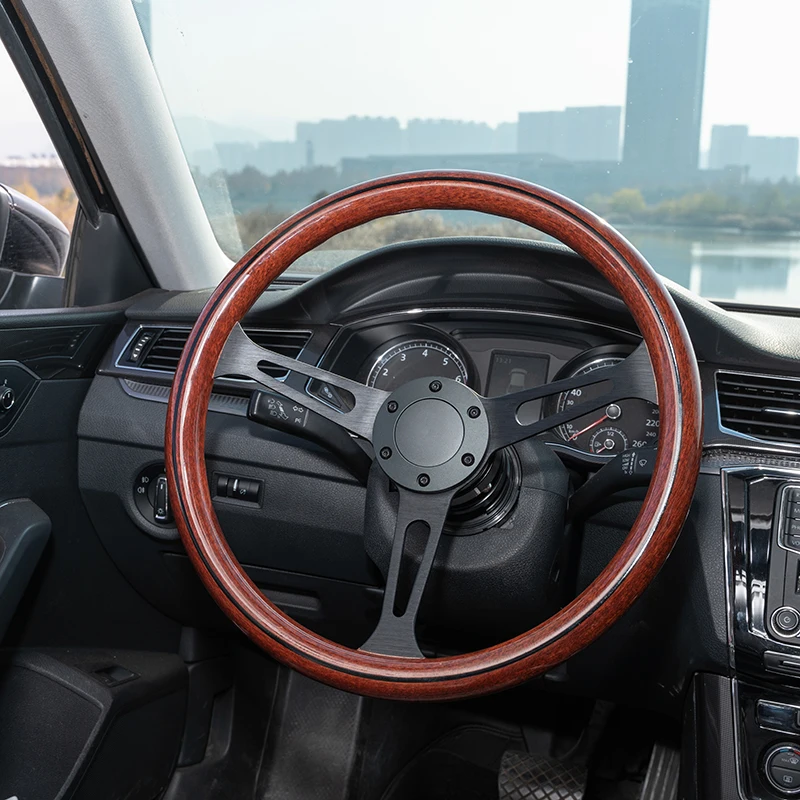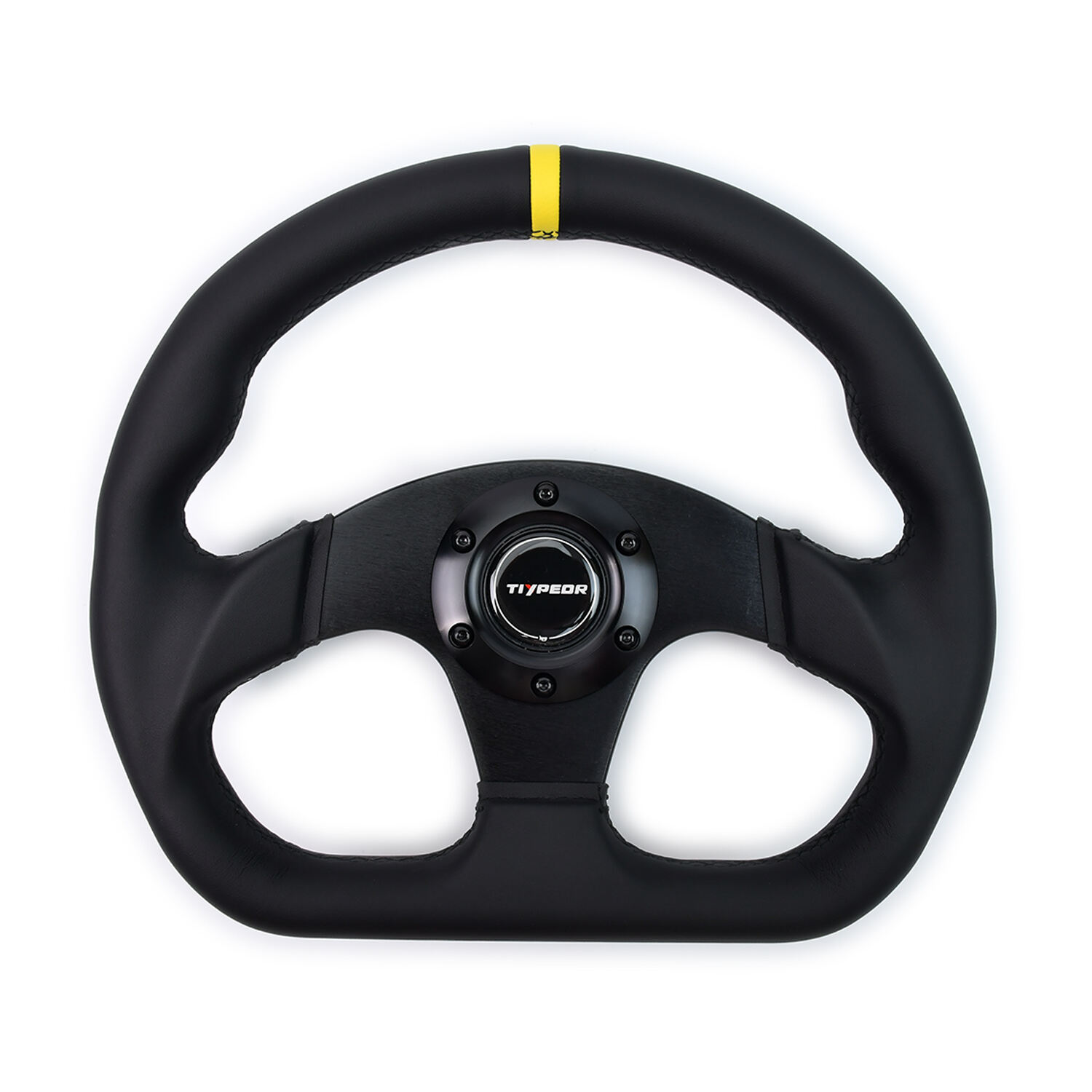4 point safety belt
The 4 point safety belt represents a significant advancement in automotive and motorsport safety technology. This robust restraint system features four separate anchor points that create an X-shaped pattern across the user's torso, providing superior protection compared to traditional 3-point seat belts. Each strap connects to a central buckle system, with two shoulder belts running diagonally across the chest and two lap belts securing the lower body. The design effectively distributes impact forces across the chest and pelvis during a collision, significantly reducing the risk of serious injury. The system incorporates high-tensile strength webbing materials, precision-engineered quick-release mechanisms, and adjustable points to ensure optimal fit for different body types. Modern 4 point safety belts often feature automatic tensioners that activate during sudden deceleration, further enhancing their protective capabilities. These safety systems are widely used in racing vehicles, high-performance cars, military vehicles, and specialized commercial applications where maximum occupant protection is paramount. The installation process typically involves securing each anchor point to reinforced mounting locations, ensuring the system can withstand extreme forces during impact scenarios.










